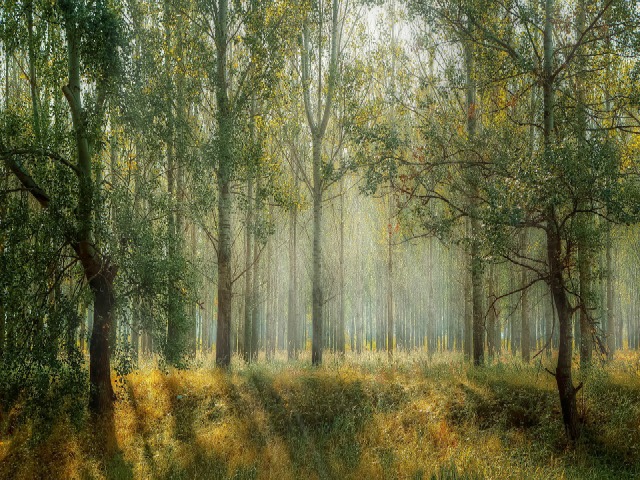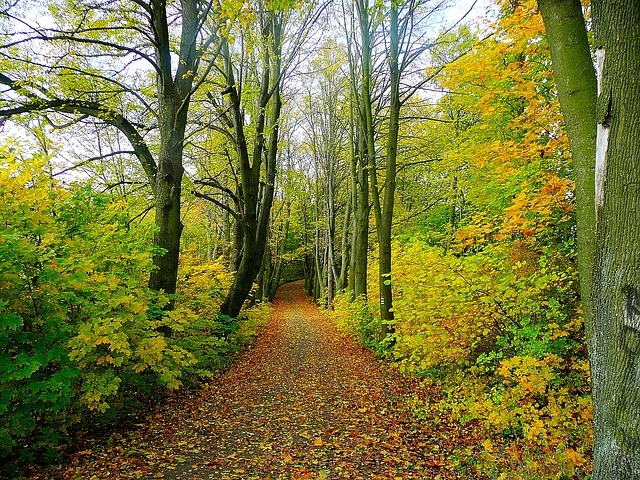
I have always felt that too few folks take the time to understand the truth about trees. A lot of the time people ignore caring for their trees and just think they’ll be fine growing by themselves. They don’t understand that you must prune trees, make sure they’re getting enough nutrients and tree felling of an ill or overgrown tree may be necessary to keep a collection of trees healthy. If you are looking for professional arborists then Cork Tree Services are the right team for the job, offering expert care, tree maintenance, and removal services tailored to your needs. For tree services Greensboro contact General Tree Service, Inc.. What to know about tree clearing and other tips to keep trees healthy. Visit this website at gabestreeservice.com.
So I was especially delighted when I read and gazed at Saxon’s outstanding photos earlier this week in his post, How to Photograph Trees.
I felt as if Saxon’s post was an early birthday gift to me. Yes, today is my birthday. And if I could ask for one thing from every individual on this earth is that you walk outside, slow down, take some deep breaths, awaken your senses, and spend some time relating to a tree.
You see, since I was a child, I’ve felt a deep bond with trees and intrinsically understood that communing with them helped me to open up to my authentic, wiser self (as I wrote about in this article).
Although I never spoke about it while growing up, I knew in my heart that trees were communicating with me in their own way and that they had a secret language that allowed them to speak with each other as well.
So, recently when I came across the book, The Hidden Life of Trees written by Peter Wohlleben, a long time forester, I grabbed a copy of it.
From the beginning, the author whetted my appetite with phrases like this: “When you know that trees experience pain and have memories and that tree parents live together with their children, then you can no longer just chop them down and disrupt their lives with large machines.”
Not only did this gem of a book validate what I intrinsically knew, but it also catapulted my understanding and appreciation of their extraordinary sensitivity, their strong community bonds and support of each other, and their sheer strength and elegance.

Here are some key takeaway concepts:
1.Trees need to communicate. Electrical impulses that pass through the roots of trees (and move at a very slow rate of 1/3 of an inch per second) are one of the ways of communicating.
An example: “If a giraffe starts eating an African acacia, the tree releases a chemical into the air that signals that a threat is at hand. As the chemical drifts through the air and reaches other trees, they smell it and are warned of the danger. Even before the giraffe reaches them, they begin producing toxic chemicals.”
2. Trees are incredibly social. In a forest, they care for each other “sometimes even going so far as to nourish the stump of a felled tree for centuries after it was cut down by feeding its sugars and other nutrients, and so keeping it alive.”
3. Trees communicate and share food because they need each other...to the extent that they even nurse and nourish sick individuals until they recover.
“It takes a forest to create a micro-climate suitable for tree growth and sustenance. So it’s not surprising that isolated trees have far shorter lives than those living connected together in forests.”
“It appears that nutrient exchanges and helping neighbors in times of need is the rule, and this leads to the conclusion that forests are superorganisms with interconnections much like ant colonies.”
4. When trees are weakened or are loners (not part of a community), it appears that they lose their conversational skills and are no longer able to defend themselves.
As the author writes: “Otherwise, it’s difficult to explain why insect pests specifically seek out trees whose health is already compromised.”
“A tree’s silence could be because of a serious illness or, perhaps, the loss of its fungal network, which would leave the tree completely cut off from the latest news. The tree no longer registers approaching disaster, and the doors are open for the caterpillar and beetle buffet. The loners I just mentioned are similarly susceptible–they might look healthy, but they have no idea what is going on around them.”
5. The rate of photosynthesis is the same for all trees. Students at the Institute for Environmental Research at RWTH Aachen discovered that “trees in undisturbed beech forests synchronize their performance so that they are all equally successful….even though each beech tree grows in a unique location, and conditions can vary greatly in just a few yards.”
6. It takes a community for trees to be strong. “Trees well-being depends on their community, and when the supposedly feeble trees disappear, the others lose as well. When that happens, the forest is no longer a single closed unit. Hot sun and swirling winds can now penetrate to the forest floor and disrupt the moist, cool climate. Even strong trees get sick a lot over the course of their lives. When this happens, they depend on their weaker neighbors for support. If they are no longer there, then all it takes is what would once have been a harmless insect attack to seal the fate even of giants.”
So the next time you take a walk in a forest, woodland, or grove of trees, be quiet and listen closely…and perhaps you will hear the trees communicating with each other!
Please note: Everything in quotes are words written by the author taken from his book, The Hidden Life of Trees
Also, you only have a few more weeks to take advantage of my 1000 FREE Book and Course Giveaway. We are almost sold out!! To take advantage of receiving a free copy of my book, Digging Deep: Unearthing Your Creative Roots Through Gardening and my 3 part online course, click on HERE.
